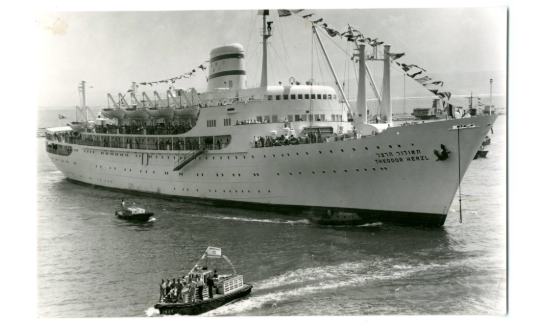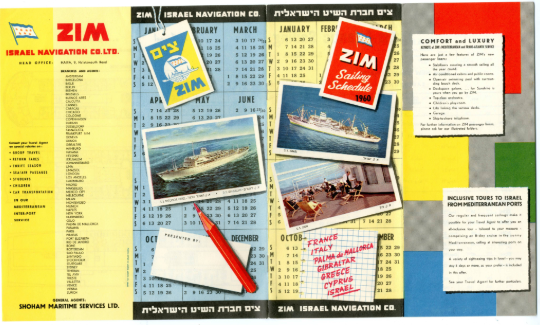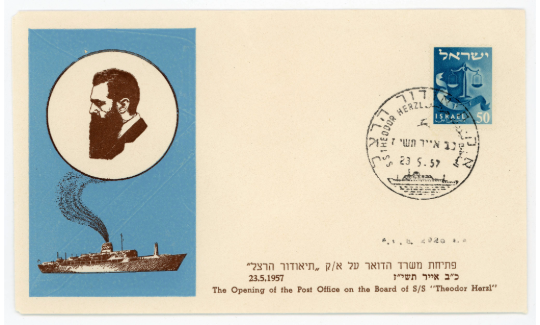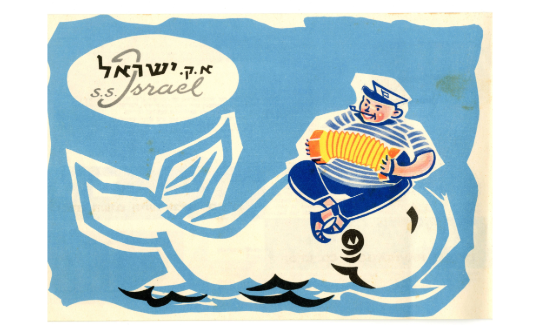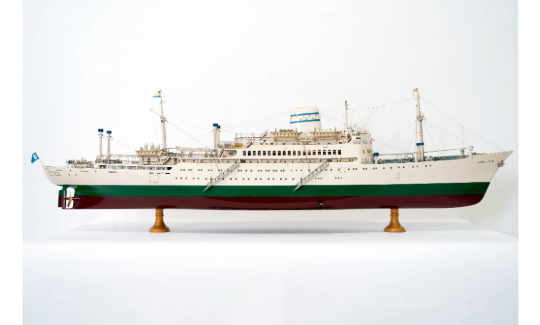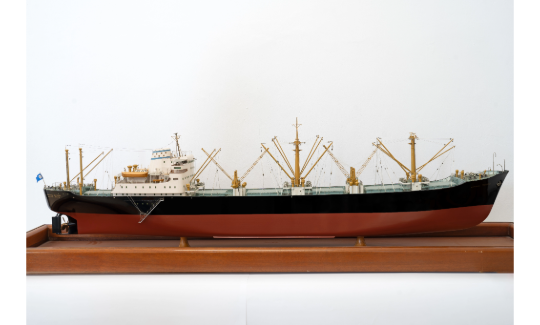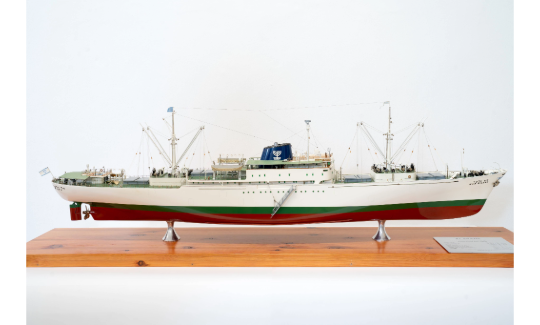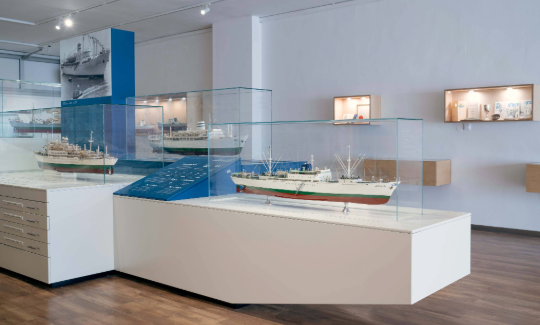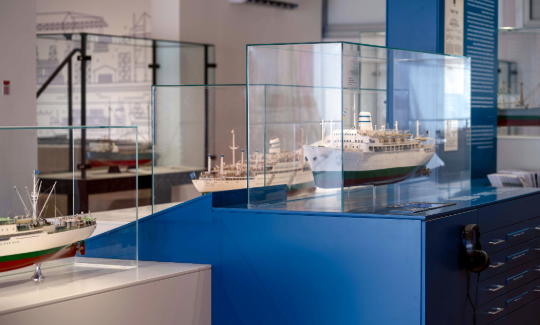Blood - Money - Ships | The Reparations Agreement with Germany as a Catalyst for the Growth of the Israeli Merchant Fleet
A new exhibition
Permanent Event
Curator:
Adi Shelach
More info:
046030800Blood - Money - Ships
The Reparations Agreement with German
as a Catalyst for the Growth of the Israeli Merchant Fleet
In January 1952, storms brewed in the young state of Israel. The pressing issue at hand was the decision whether to engage in negotiations with West Germany regarding a reparations agreement. This step was designed to compensate the state following the absorption of half a million Holocaust survivors, as well as to compensate for some of the property lost by the Jewish people in Europe during the Nazi regime.
Proponents of the agreement considered the tremendous economic hardships that the country faced due to the prolonged and costly War of Independence and the absorption of hundreds of thousands of immigrants from Europe and Islamic countries, most of whom were penniless. Opponents, on both right and left, perceived the agreement as essentially pardoning Nazi crimes. The disagreement was fierce, bordering on violent, and engulfed the Knesset, the media and the entire state.
Ultimately, the agreement passed with a majority of sixty-one votes and was signed on September 10, 1952. West Germany pledged to furnish the State of Israel with goods and services worth 3.5 billion German marks from 1953 to 1965. To facilitate the agreement, the Israeli government created the national Reparations Company, which acquired goods and services and allocated them to various economic entities in Israel.
The reparations funds played a pivotal role in the development of the Israeli economy, fostering the growth of Israel’s merchant fleet. A substantial portion of these funds, about 17%, was used to purchase forty-nine new ships for Israel’s merchant fleet. ZIM acquired thirty-seven vessels and evolved from a small shipping company into a dominant economic force with a modern fleet meeting international standards. El Yam acquired eight vessels, and Atid Navigation Company purchased four.
The agreement resulted in the establishment of the Israeli merchant fleet. The fleet expansion also led to an increase in the number of employees in the shipping industry and a rise in the quantity of goods arriving in Israel via Israeli ships. Eight fishing boats were purchased, and more ships were built from materials bought with reparation funds. Israel’s ports underwent significant improvements, with increased productivity owing to the acquisition of cranes and floating docks.
The exhibition displays models of several ZIM shipping vessels, designed for various purposes. The first ship received under the agreement, Dagan, was used for cargo, as was the Ampa'al. The ships Israel and Zion were intended for mixed use of passengers and cargo, while Jerusalem served as a passenger ship. The ship Har Gilad, owned by El-Yam company, was used for general cargo and refrigerated transport. The exhibition also features historical moments in the ships' stories, documented in sources including news diaries, photographs, and promotional leaflets.
This exhibition was made possible thanks to the contribution of ZIM Integrated Shipping Services Ltd.
Adi Shelach Curator of the National Maritime Museum

